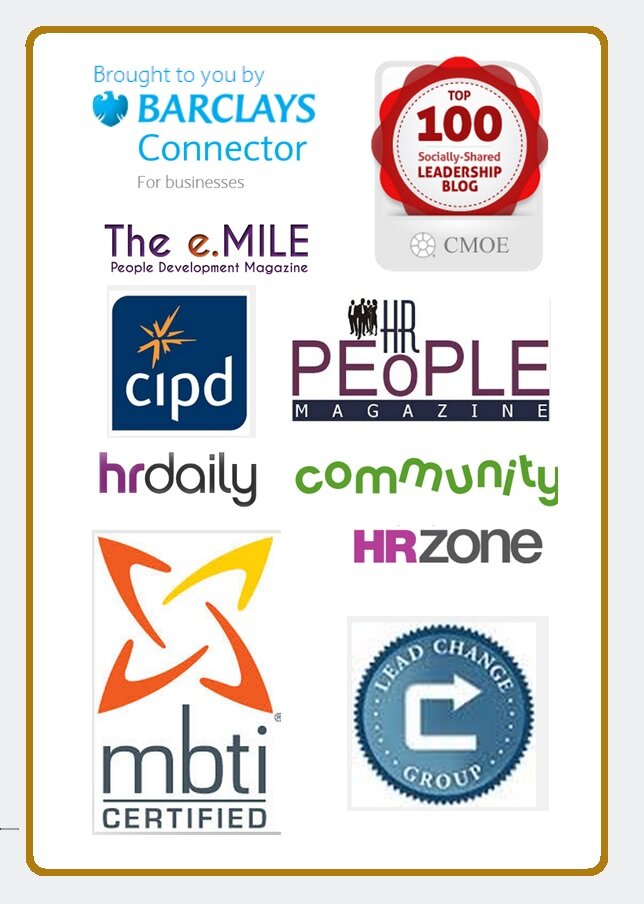 The delicate art of employee motivation
The delicate art of employee motivation
If you’ve ever listened to a great motivational speaker, you know how inspired, energised and enthusiastic you feel coming out of the session. How long do these feelings last? For many of us, not terribly long. Especially when reality kicks in and we realise that the person responsible for keeping the momentum and the motivation going is… ourselves.
Yes, motivation is a personal responsibility. And, if you’re a “people” manager, you have to accept this right from the start if you’re serious about being a good manager. You don’t have the power to control all employee motivation, but you can help bring it to the surface with right combination of tools, support and coaching.
It’s a delicate art that requires some effort, but you’ll find that the benefits will make that effort more than worthwhile.
Understanding an employee’s primary motivation drivers
In general, are productive, loyal and — given their positive disposition — wonderful to have around from a company morale perspective. The question is how do you keep these individuals engaged and motivated? A good place to start is by helping them understand their primary motivators.
The Anderson Leadership Group has developed a motivation self-assessment worksheet (available via this article) that gives individuals an introspective look at what’s most important to them in their work environment.
At the highest level, the survey asks you to compare, add up and rank personal needs from most to least endorsed:
- achievement
- affiliation
- autonomy
- intellectual stimulation
- power
- security/comfort
Once completed, the worksheet can kick-start some interesting conversations between you and your employees. For example, you can engage your employees in discussions about their primary motivators, and share what motivates you and why.
Goal setting and managing expectations
Another key to employee motivation and engagement and is to ensure that the members of your team clearly know what is expected of them, and to understand how their work contributes to your company’s mission, value and success.
The best way to do this is to involve them in the goal-setting process. Ask them to draft what they think their SMART (specific, measurable, achievable, realistic and time-bound) goals and objectives should be for the coming quarter.
SMART goals are generally recognised as the most effective way to write clear goals. They allow employees to understand what is expected of them, how their success will be measured, and timelines for completing projects.
Rewards and recognition
Individuals need to feel that their company rewards employee performance fairly and equitably. This applies to project opportunities, promotions, and awards, but especially to all areas of compensation, including base pay, bonuses, stock options, etc.
It’s critical for companies to have fair and transparent compensation processes. Non-monetary rewards can be effective as well, for example, thank you cards, gift baskets, gift cards and theatre tickets.
Development opportunities
Another way to drive motivation is to support employee development and career progression. Your employees need to feel that they have a future with the company, and a career path that helps them further develop their knowledge, skills and abilities.
Career development can take many forms, from formal training courses, to challenging work assignments, to mentoring programs.
Regular and meaningful feedback
Research shows that employees crave meaningful feedback. So how do you encourage this dialogue, and even better, make it part of your work culture?
Some companies find that building quarterly reviews into their performance management process helps to give managers and employees a regularly committed interval for dialogue and feedback.
Some tips for giving feedback, include:
- The shortest distance between two points is a straight line. Give your feedback directly to the person it applies to, not to their peers, your co-workers or your manager.
- Be specific and give examples so your employees understand exactly what’s expected of them, what they did well and what they can improve upon.
- Delaying a conversation can reduce the impact of the feedback, which is why you should share it with your employee shortly after the action or behavior happens.
As I mentioned earlier, the art of motivation is delicate and requires a little diligence to find out what engages and inspires your employees. If you’re looking for additional expert resources on the topic, I encourage you to visit the Centre of Excellence for developing and retaining top talent.
Sean Conrad is a senior product analyst with talent management vendor Halogen Software. He regularly writes on employee performance and talent management trends and issues in industry magazines and on the Exploring Talent Management Blog.

